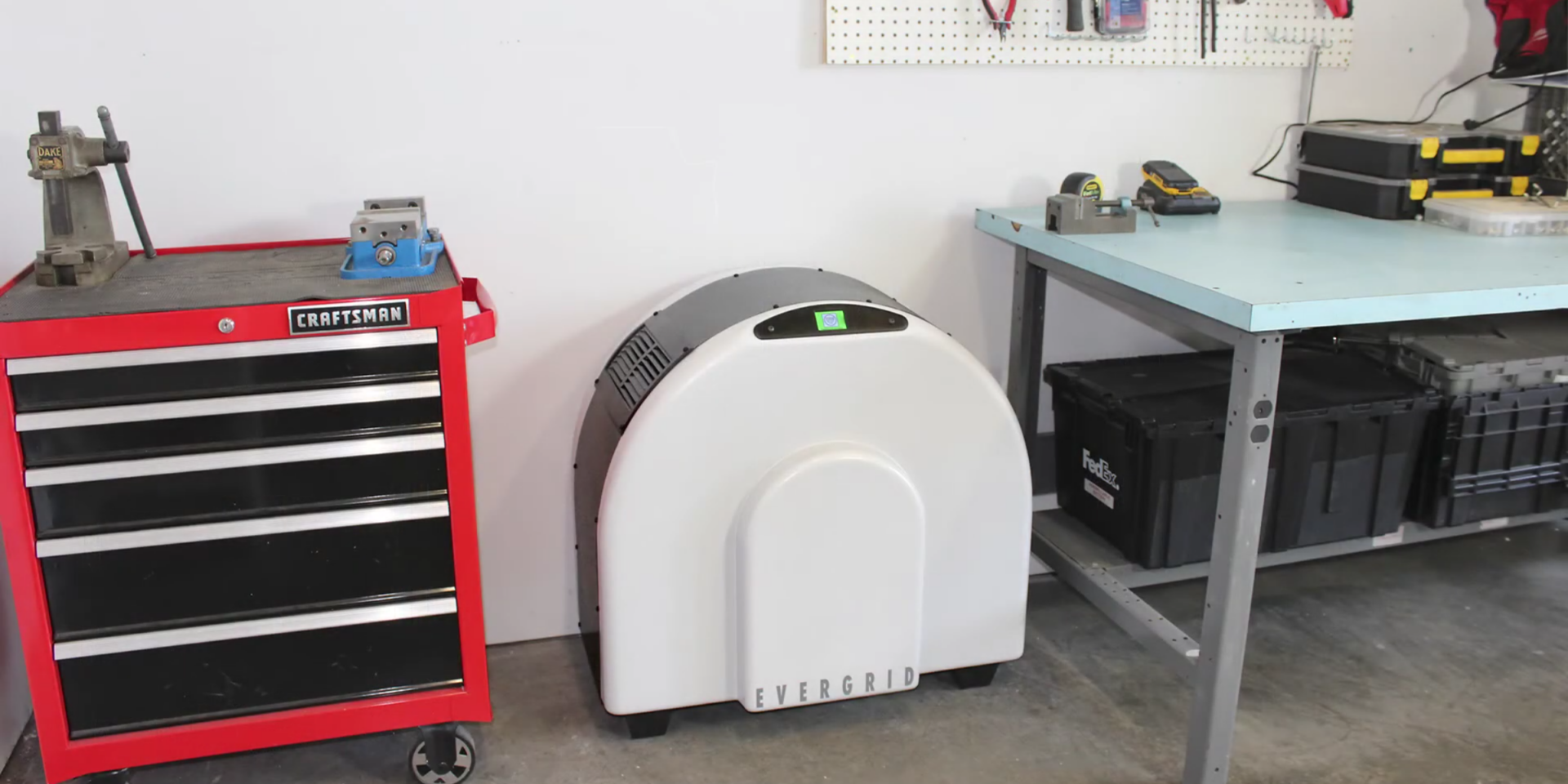The Clean Power Hour – a weekly clean energy headline review and commentary podcast run by Tim Montague, and yours truly – the CommercialSolarGuy – John Fitzgerald Weaver.
First of course, here’s the podcast – Episode 30!
Now, to the news!
Elon Musk announces he’ll donate $100 million toward the best carbon capture technology.
As of yet, it seems carbon capture is used by the fossils to BS the general public. It seems like we’re going to have to pull some out of our atmosphere though if we want to stabilize our weather patterns – and this technology might be needed. I predict an exciting future – I want to hook up a CO2 extractor to a carbon fiber/graphene 3D printer – with some gear in between to convert the CO2 as needed by the printer.
Am donating $100M towards a prize for best carbon capture technology
— Elon Musk (@elonmusk) January 21, 2021
I guess Elon Musk is allowed to throw down $100 million when he’s the world’s leading battery manufacturer, and growing like mad:
Total energy storage deployment, 3,022 MWh, was up 83% for the whole of 2020 vs 2019. The 4th quarter number 1,584 MWh deployed doubled Q3’20, tripled last year’s Q4 of 530 MWh, and was almost equal to what Tesla’s entire 2019 production of 1,651 MWh.Solar panel installations increased as well, totaling 205 MW for the year and 86 MW for the quarter. The annual number was an 18% increase year over year, compared to the previous year’s 173 MW of solar – CommercialSolarGuy
We discuss this collection of articles on large scale power lines moving clean energy around the United States:
- NY to Build Miles of New Power Lines to Accommodate Solar Power – Financial Times
- NV governor visiting lab talking HVDC – AP
- FERC Report Calls for a Ground-Up Overhaul of Federal Transmission Grid Policy. – Greentechmedia
Burying transmission lines along rail and road with established right-of-way makes me feel optimistic that nationwide power lines can be built:
“royalty fees well exceed what they get from similarly buried fiber-optic lines, of which there are more than 100,000 miles along US railroads.” – Volts
$478 billion of cash on the table: distributed solar + energy storage savings:
The chart contrasts traditional grid modeling projections based on BAU (business as usual) and the nationwide clean energy standard (CE targets 95% emission reduction by 2050) with DER augmented grid managed by WIS-dom-P. The $478 billion in electricity savings occurs as a result of the average retail rate for electricity falling by just above a quarter of a cent per kilowatt hour (4-5%) vs the business as usual powergrid evolution. – CommercialSolarGuy
Komatsu and Proterra Announce New Collaboration to Develop All-Electric, Construction Equipment
Komatsu will utilize Proterra’s high-performance battery systems for the development of a proof-of-concept electric excavator in 2021 before expected commercial production in 2023 to 2024. The Proterra battery system powering the electric excavator will feature high energy density and fast charging technology. – Proterra
Speaking of cool electrical machinery – check out this electric snow plow:
Latest update on Electric Ryobi riding mower/plow: We have 2 feet of snow so far and I have a sick drifting track. no regrets 11/10 pic.twitter.com/LU3qONy7P1
— Seth Weintraub (@llsethj) February 1, 2021
Biden is canceling fossil fuel subsidies. (But he can’t end them all..)
President Joe Biden signed an order directing federal agencies to eliminate subsidies for fossil fuels. The estimates for the U.S. run from around $20 billion to as much as $650 billion a year, if you think fossil fuel companies should be paying the government for all the damages from their pollution. One of the best available analyses comes from the research and advocacy organization Oil Change International, which calculates that the federal government funnels a whopping $15 billion every year into the production of fossil fuels…But only a fraction of those subsidies are within Biden’s purview as president. – Grist
This inventor hopes to make solar arrays work in blackouts – with a residential flywheel (spec page link):
He sketched out a device he called “Evergrid,” which is slightly larger than a microwave oven. It has a small battery that powers a flywheel to create the same voltage and frequency signals that would be delivered by a power line. He calculated it would cost customers around $1,000. – EE News
World-first home hydrogen battery stores 3x the energy of a Powerwall 2
The Lavo Green Energy Storage System measures 1,680 x 1,240 x 400 mm (66 x 49 x 15.7 inches) and weighs a meaty 324 kg (714 lb). It stores some 40 kilowatt-hours worth of energy, three times as much as Tesla’s current Powerwall 2. At AU$34,750 (US$26,900), it costs more than what you’d pay for three Powerwalls in Australia, but not by a huge amount, and that price is set to drop to AU$29,450 (US$22,800) in the last quarter of 2022, by which point Lavo says it’ll be available internationally. – NewsAtlas
And last, but not least – the Clean Power Hour podcast:



